What is the Summer of Love actually ? The Summer of Love was a revolutionary time. It started in Haight-Ashbury and spread throughout the rest of the city of San Franscisco–and eventually, the world. Although the Summer of Love was 50 years ago, there are many restaurants from that era that are still open today. Who knows? You could be dining today where like the likes of Janis Joplin, Jimi Hendrix or the Grateful Dead once ate.
According to the SF Heritage Legacy Project, here are some of the San Francisco restaurants that were cooking up love back in 1967.
After detailed ispection We chose the12 Best for you.
1. Top of the Mark , 999 California St.

The legendary Top of the Mark, a San Francisco landmark since 1939, is known for breathtaking, wraparound views of San Francisco and the Bay Area.

In 1910, engineer George D. Smith walked past the eventual site of the hotel and declared he would one day build a hotel there, on the corner of Mason and California Streets.
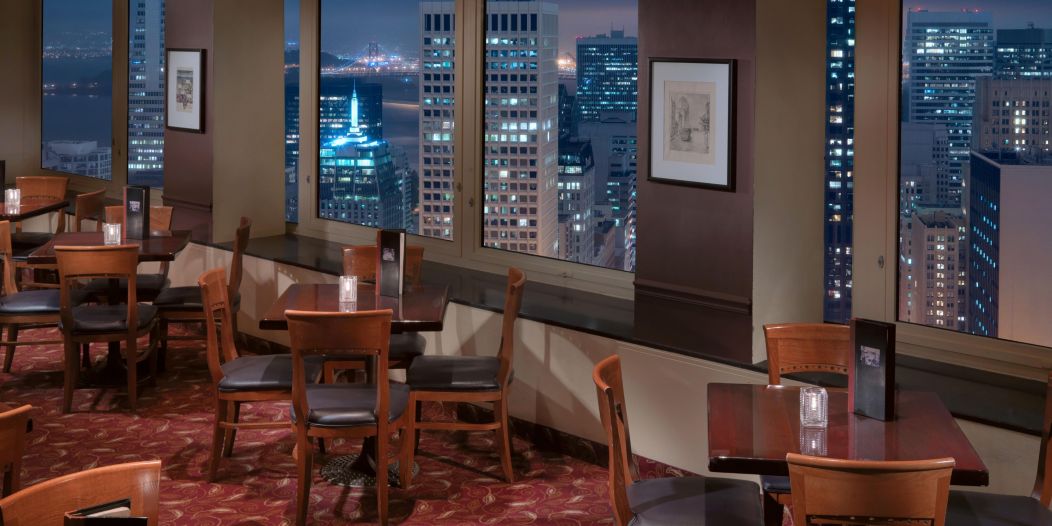
The Mark Hopkins Hotel quickly became a social center of post-earthquake San Francisco. Smith created a San Francisco institution when he converted the 11-room penthouse on the 19th floor of the hotel into a cocktail lounge walled only by glass, with unparalleled views of the city. Designed by architect Timothy Pflueger, the penthouse became known as the Top of the Mark. The lounge was an immediate hit upon its opening on May 11, 1939.
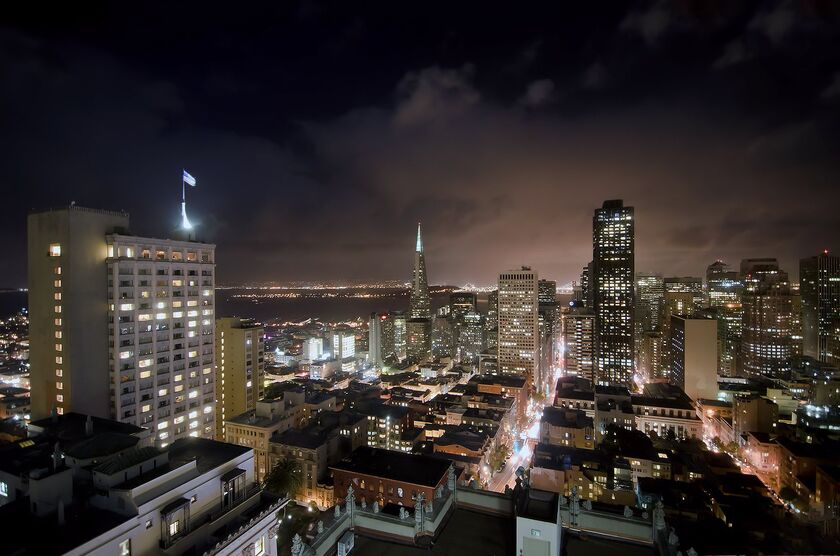
B M-Sa 630-11am, L M-Sa noon-5pm, light dining nightly 5-10pm, Br Su 10am-1pm, M-Sa afternoon tea 230-5pm. Cocktails nightly from 5pm. Live entertainment Tu-Sa. $$. AE, CB, DC, JCB, MC, V.
(415) 616-6916
2. Tonga Room & Hurricane Bar
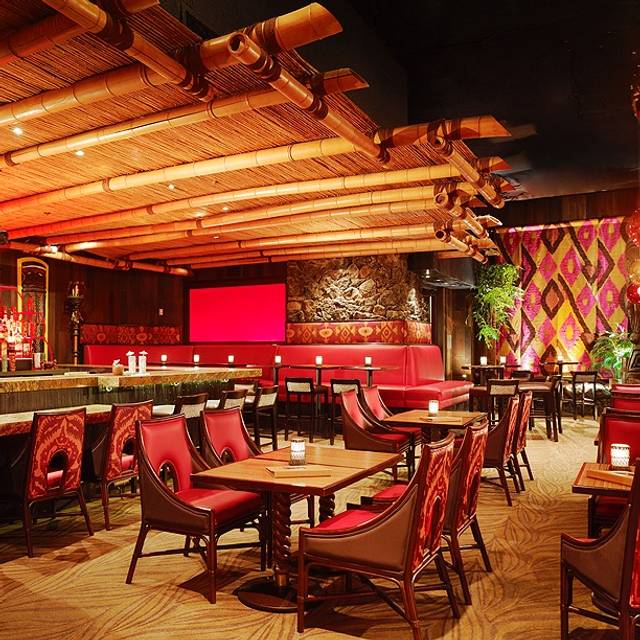
(950 Mason St.) , Nob Hill

On Wednesday, Thursday and Friday nights our Happy Hour includes an extensive buffet of Pacific Rim delicacies with items such as spicy chicken wings, fried rice, edamame, daily composed salad, chow mien & spring rolls.The all-you-can-eat buffet is a ‘steal’ at only $15 per person with an additional one drink minimum.

To complement this feast fit for kings and queens, the tropical restaurant and bar serves tantalizing cocktails at Happy Hour prices.
(415) 772-5278 http://www.fairmont.com/sanfrancisco
3. Cliff House , Richmont

Breathtaking views from the cliffs overlooking Seal Rocks, the Pacific and Marin coastline with two restaurants, serving seafood, omelettes, sandwiches, California cuisine style menu for Sutro’s and a Sunday champagne buffet brunch.

The Cliff House (1090 Point Lobos)
If you know anything at all about San Francisco — or even if you don’t — chances are that you’ve heard of the historic Cliff House. Since 1863, this fabled restaurant has been a favorite for generations of locals, tourists, foodies, history buffs and lovers of the fine art of good living. It has hosted some of the most famous people in the country, including Presidents Teddy Roosevelt and William McKinley, and a who’s who of Gilded Age millionaires. However, in spite of its grand history, it retains its original warm, welcoming atmosphere that has made it a favorite restaurant for people from all over the world for more than 150 years.
Whether you are in the mood for a casual fun afternoon, an elegant evening out, or a play day with the family, there is always something to enjoy at the Cliff House.
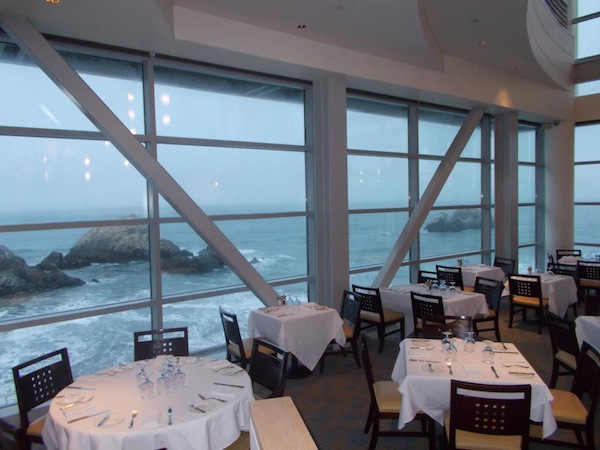
Dine in the casual Bistro Restaurant on the main level with a classic San Francisco menu for breakfast, lunch or dinner with amazing views of Ocean Beach and the Pacific Ocean. Enjoy a seasonal California coastal menu for lunch or dinner in the elegant Sutro’s at the Cliff House where two-story windows offer panoramic views of Seal Rocks and the Marin headlands.

Treat yourself to a San Francisco tradition with the Sunday Champagne Brunch Buffet in the Terrace Room on the lower level. Enjoy live harp music and free-flowing champagne as you choose from a wide selection of seasonal fresh brunch items.
4. The Old Clam House (299 Bayshore Ave.)

The Old Clam House was established in 1861, making it the oldest restaurant in San Francisco. Initially named “The Oakdale Bar & Clam House,” the restaurant served seafood to neighbors and locals. When the restaurant first opened, its immediate setting included Islais Creek.

In the wake of the 1906 earthquake and subsequent construction, the creek was filled in, with nearly 100 buildings built throughout the neighborhood. Even as its surroundings have evolved, the Old Clam House has maintained its unique historical identity.
5. Alfred’s Steakhouse (659 Merchant St.) Embarcadero
Alfred’s is a classic San Francisco steakhouse, offering a modern spin on steakhouse fare in a glamorous setting. Open since 1928 and recently restored to its vintage glory, Alfred’s features dry-aged steaks cooked over a mesquite grill, along with sides, appetizers and even vegetarian entrees inspired by the Bay Area’s fresh produce.

The bar offers a more casual experience, where locals gather for deviled eggs or the Alfred’s burger and steak fries while they watch the game.

Lunch is served on Thursdays and Fridays, while dinner is served nightly.

Open since 1928 and recently restored to its vintage glory, Alfred’s features dry-aged steaks cooked over a mesquite grill, along with sides, appetizers and even vegetarian entrees inspired by the Bay Area’s fresh produce.

Martinis and Manhattans are served with a refill in the shaker, and Bananas Foster are flambéed table-side, in a nod to steakhouse traditions.
6. Alioto’s #8 , 8 Fisherman’s Wharf


7. Original Joe’s , North Beach – Telegraph Hill



8. Little Shamrock (807 Lincoln Way) Sunset

As the Sunset District’s oldest business, the Little Shamrock has been serving drinks on Lincoln Way since the late nineteenth century. So the legend goes, Antone J. Herzo (born in Austria) and his wife, Julia Herzo (born in Ireland) opened the doors in 1893 to serve workers at the Midwinter Fair in Golden Gate Park.
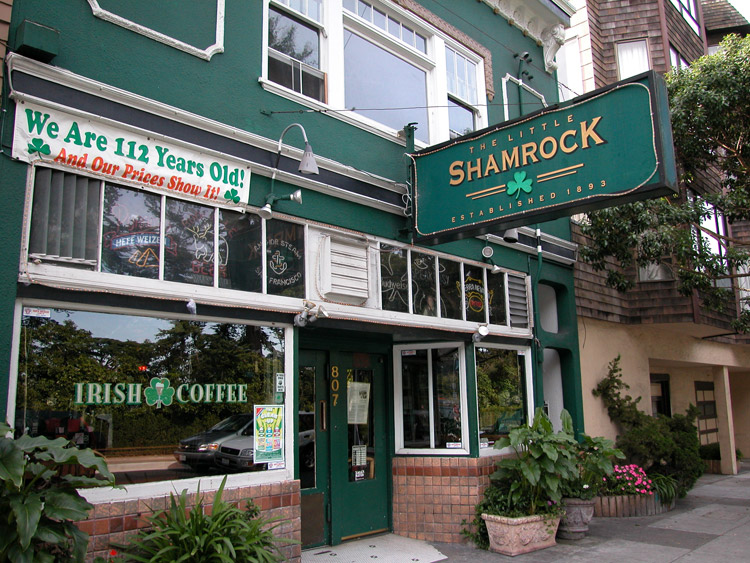
San Francisco city directories, however, indicate that the Herzos resided in the Richmond District and operated a saloon at Seventh Avenue and Fulton Street. Following her husband’s death in 1893, Julia Herzo moved the Richmond bar to 733 Fifth Avenue and established the Little Shamrock around 1896, as well as another bar at Ocean Avenue and Arlington Street the following year.
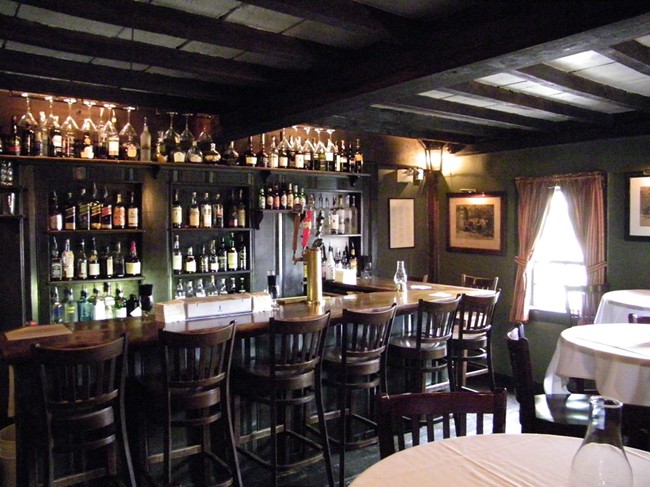
Around 1900, she married Jason P. Quigley, and the couple resided in the same building as the Little Shamrock. Since the 1930s, the Little Shamrock has attracted athletes and sports fans due to its proximity to Kezar Stadium.
9 .Schroeder’s (240 Front St.)

Originally founded in 1893, Schroeder’s longstanding history has made the Bavarian inspired beer hall a favorite of San Francisco residents and business professionals for the past 120 years.
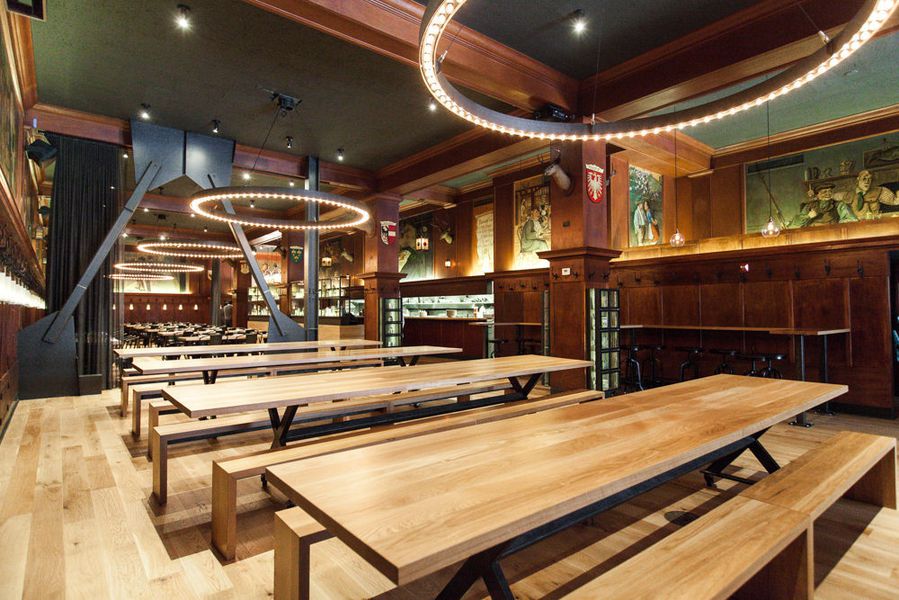
The original structure was opened at 545 Market Street and was destroyed by the 1906 earthquake and fire. After relocating to 16th and Mission for a period of time, Henry Schroeder, who was actively involved in downtown San Francisco’s reconstruction, reopened the restaurant at 240 Front Street. It was famous among downtown male clientele until the 1970’s when they started welcoming women.

With a new page beginning in Schroeder’s history, the restaurant is reinventing the way San Francisco views German Fare. Chef Manfred Wrembel’s passion for the cuisine of his ancestry and love of California’s seasonal styling is embodied in the dishes he creates.
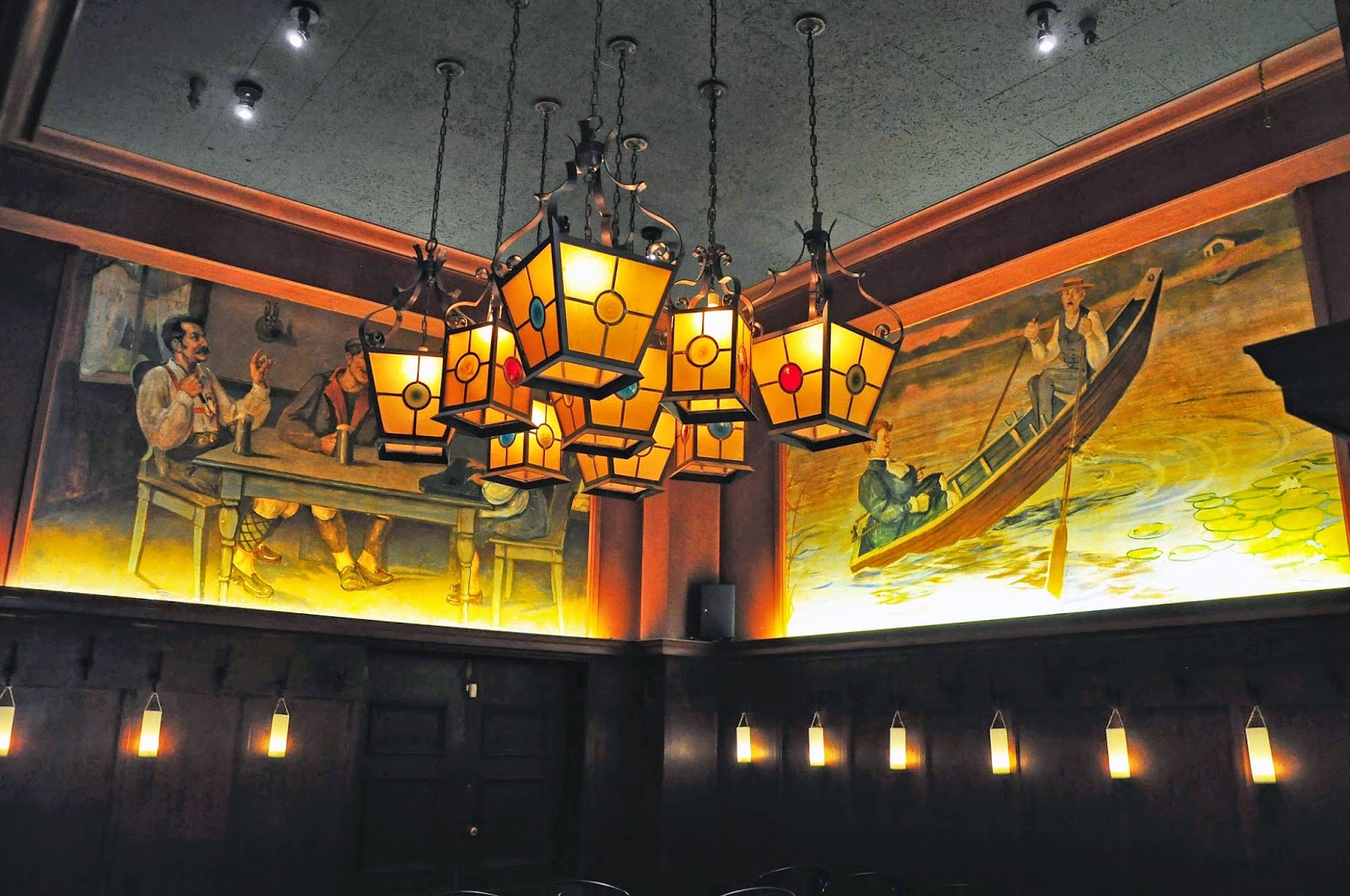
The restaurant’s decor pays homage to its Bavarian Heritage with Herman Richter murals, Historical Wall of Steins, and the Original Mill Work throughout. A rosewood bar stretching the length of the beer hall with 22 German influenced beers on tap is sure to captivate the thirsty.
10. The Garden Court and the Pied Piper Bar (2 New Montgomery St.) SoMa

Both housed inside the Palace Hotel, the palm-filled Garden Court debuted in 1909 with the reopening of the hotel after the 1906 Earthquake.

Known for its magnificent stained-glass atrium, elegant Austrian crystal chandeliers, and lush tropical flowers, the Garden Court has been one of San Francisco’s most prestigious dining halls since its inception.
/cdn0.vox-cdn.com/uploads/chorus_image/image/47853363/2008-0602-SF-PalaceHotel.0.jpg)
The Pied Piper Bar & Grill also dates back to 1909. The establishment is named after the Maxfield Parrish painting that was commissioned for the opening of the bar. The painting, “The Pied Piper of Hamelin,” is one of only two Parrish barroom artworks in the country, and the only one to remain in its original location.
11. Tadich Grill (240 California St.)
Tadich Grill first opened as a coffee stand on Clay Street in 1849 during the California Gold Rush. Croatian immigrants Nikola Budrovich, Frano Kosta and Antonio Gasparich set up a tent and served fresh fish grilled over charcoal to the merchants, sailors and argonauts that populated the waterfront.

In 1887, John Tadich, an immigrant from the Dalmatian region of Croatia and a bartender at the saloon, purchased the establishment and renamed it the “Cold Day Restaurant” in 1882. Following the destruction of the restaurant’s home in the 1906 Earthquake and Fire, John Tadich reopened his business in a series of locations, settling at 545 Clay St. in 1912 with the name “Tadich Grill.”

Tadich sold the restaurant in 1928 to the Buich family, who continue to own and operate the establishment that is best known for serving traditional seafood today.
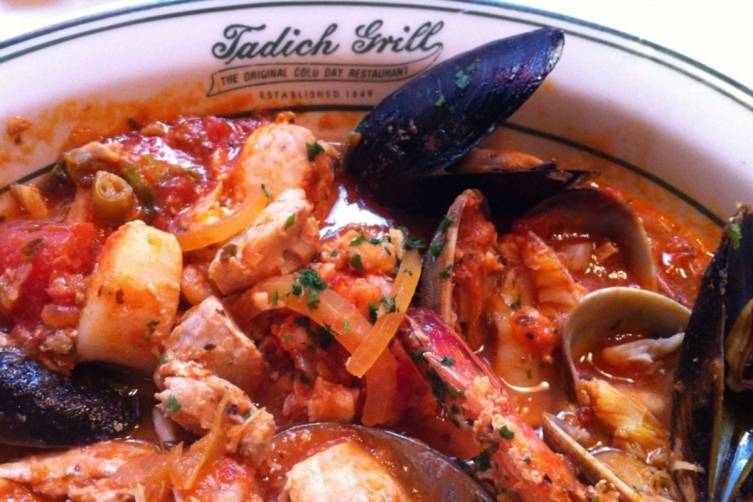
In 1967, the restaurant moved to its current location on California Street after the building on Clay Street was purchased for redevelopment.

The old-school, storied atmosphere—mahogany walls, 20-foot ceilings, and efficient waiters clad in white coats—attracts singles in suits during the week and born-and-bred die-hard locals on the weekends. Make the trip to Tadich Grill for its house special—it’s a classic cioppino brimming with crab, clams, whitefish, scallops, and bay shrimp.

Renowned for its interior details, including distinctive Art Deco lighting fixtures, the owners took great care to preserve the original atmosphere and design, including relocating the original Clay Street bar to the new location. www.tadichgrill.com
12. Sam’s Grill (374 Bush St.)
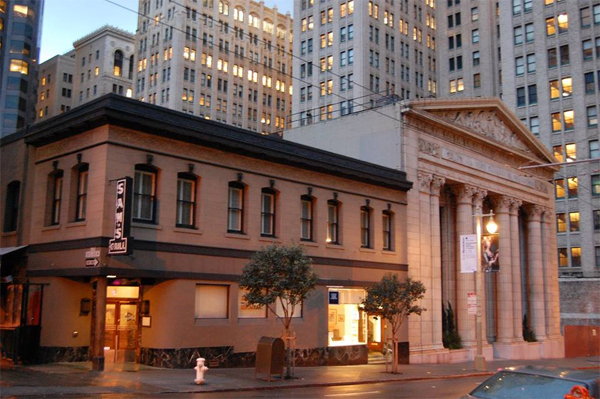
The story of Sam’s Grill begins in 1867, when Irish merchant Michael Molan Moraghan began selling fresh Bay Oysters out of a vendor stall in the California Market, which was located in the neighborhood that later became the Financial District. He quickly became the area’s leading seafood and shellfish merchant, giving him the title “The Oyster King.”
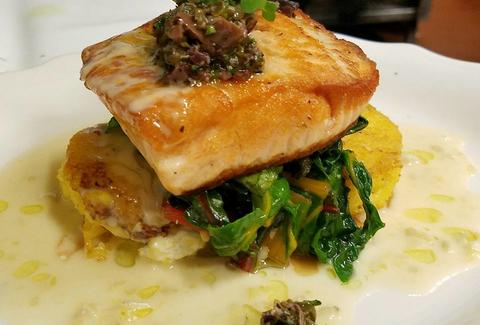
Though the California Market was destroyed in the 1906 earthquake, the Moraghan business continued operating at various spots around the city. By 1919, the California Market had been rebuilt between California and Pine Streets, and Moraghan’s business was renamed Burlingame Oyster Company.
Bought in 1922 by businessman Samuel Zenovitch, Burlingame Oyster Company became Bay Point Oyster Co. and Zenovitch & Zenovitch before arriving at Sam’s Seafood Grotto.
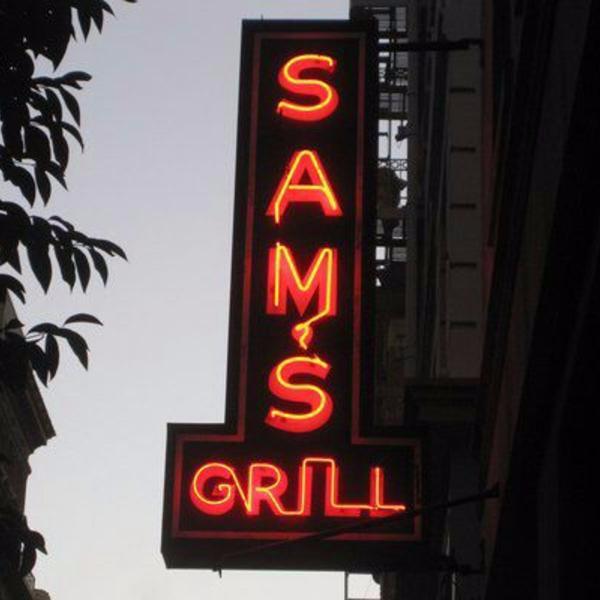
In 1936, under the ownership of Frank Seput, the seafood establishment became Sam’s Grill and Seafood Restaurant, and the name has endured ever since.

The business relocated to 374 Bush St. in 1946, and Seput’s sons joined the business after the end of the war. www.samsgrillsf.com
Source : San Franscisco Travel ,
Big Thanks !


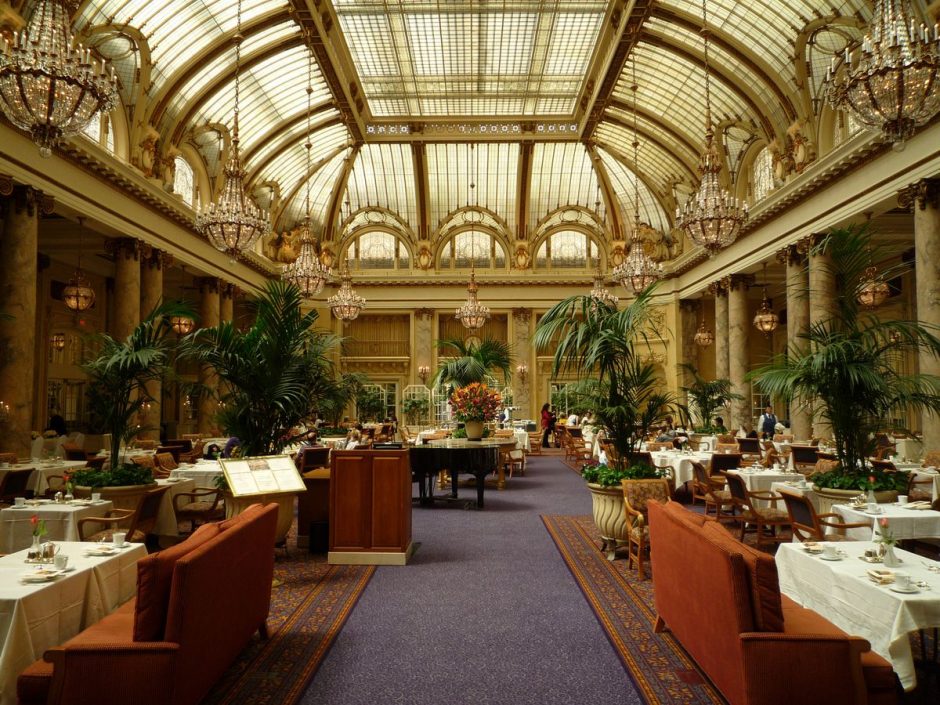

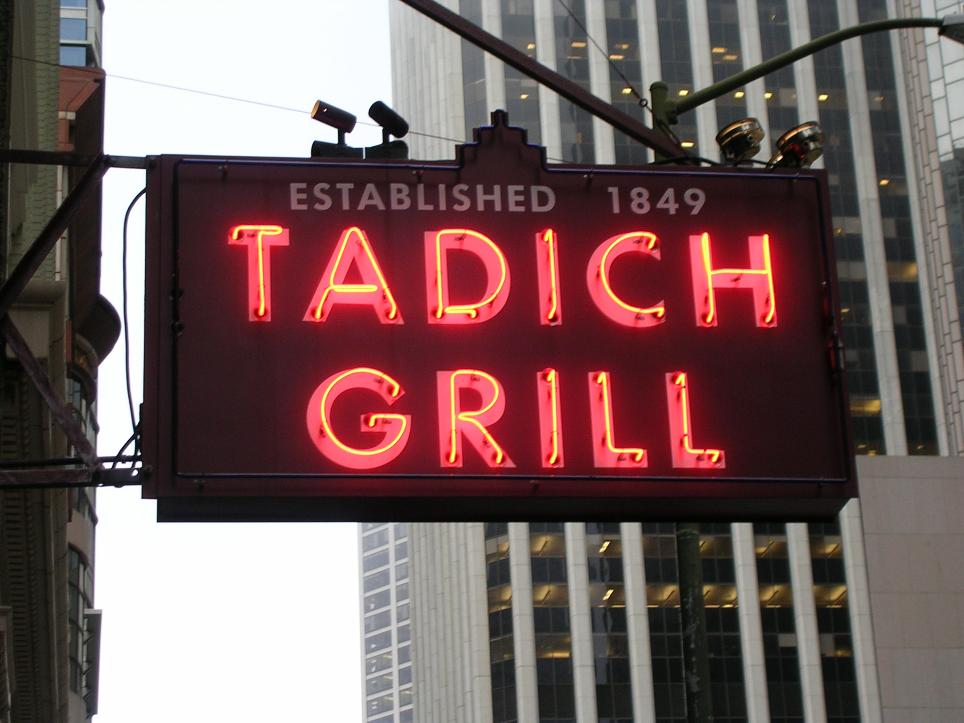

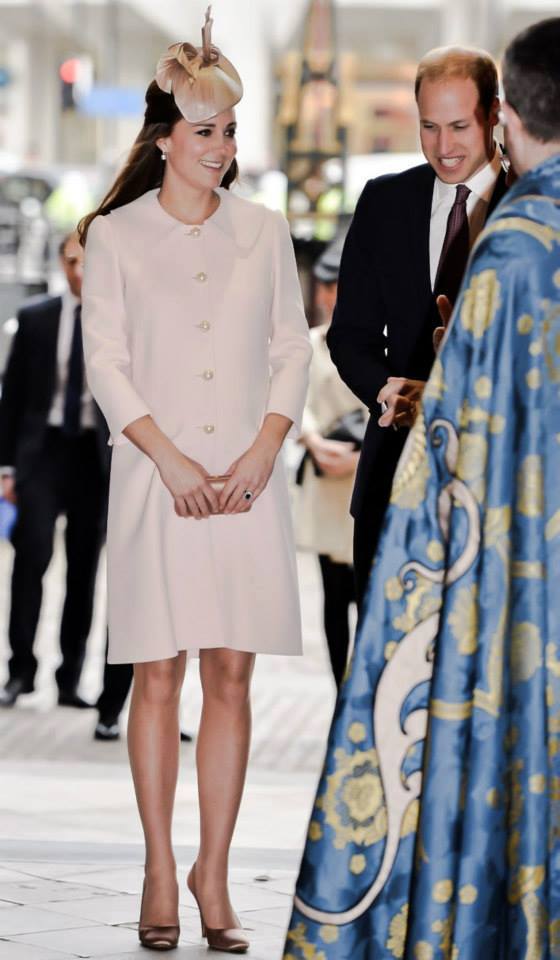

No Comments